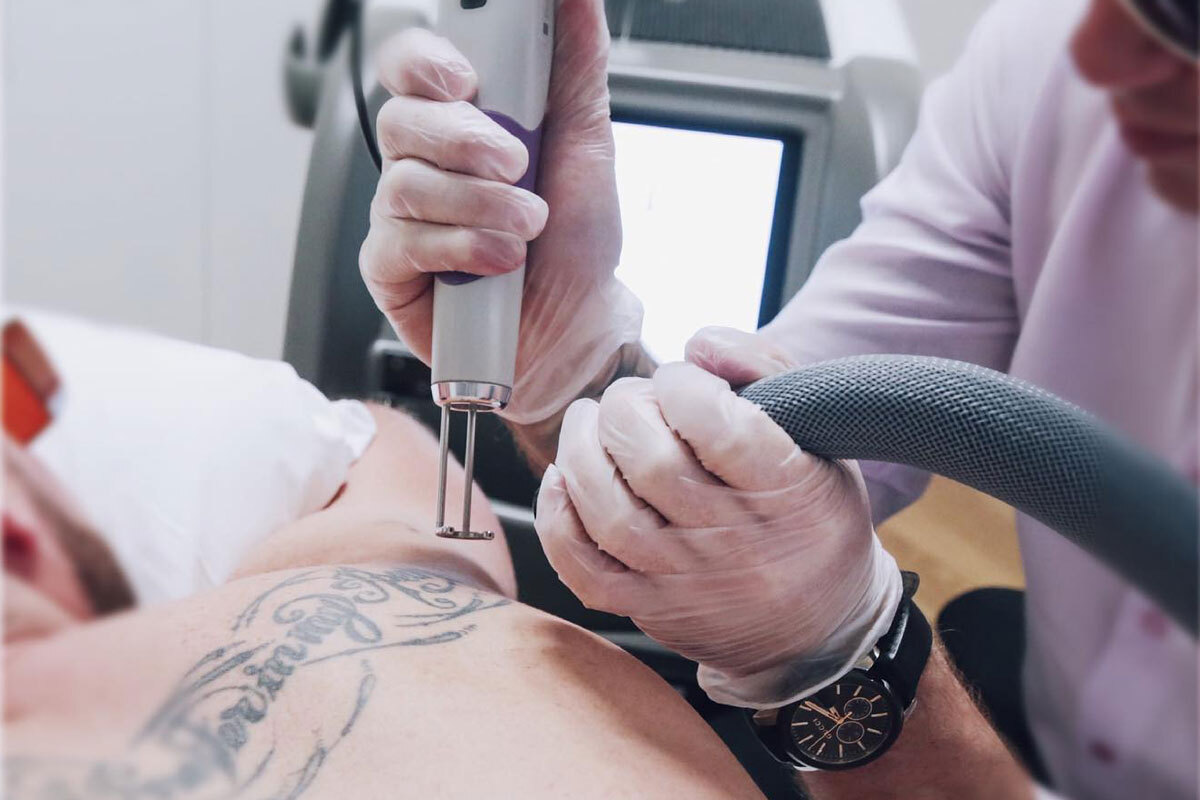How Does Tattoo Removal Work? Understanding the Process, Risks, and Options
Tattoos have been a form of self-expression for centuries, but what happens when the tattoo you once loved no longer fits your lifestyle or tastes? Tattoo removal has become increasingly popular as technology advances, offering individuals a chance to erase unwanted ink. In this comprehensive guide, we’ll explore how tattoo removal works, the different methods available, potential risks, and what to expect throughout the process.
Understanding Tattoo Removal:
Tattoo removal is a process that involves breaking down the ink particles in the skin so that the body’s immune system can naturally eliminate them. Over time, the tattoo fades, and eventually, the skin returns to its natural state. The effectiveness of tattoo removal depends on various factors, including the size and color of the tattoo, as well as the individual’s skin type and immune response.
Methods of Tattoo Removal:
- Laser Tattoo Removal:
- Laser tattoo removal is the most common and effective method used today.
- During the procedure, a specialized laser device emits high-intensity light pulses that penetrate the skin and break down the ink particles.
- The body’s immune system then recognizes these smaller ink particles and gradually removes them from the body.
- Multiple sessions are typically required to achieve desired results, spaced several weeks apart to allow the skin to heal.
- Intense Pulsed Light (IPL) Therapy:
- Similar to laser tattoo removal, IPL therapy uses high-intensity light to target and break down the ink pigments in the skin.
- While IPL can be effective for certain types of tattoos, it is generally less precise and may require more sessions compared to laser treatment.
- Surgical Excision:
- Surgical excision involves physically cutting out the tattooed skin and stitching the surrounding skin back together.
- This method is most suitable for smaller tattoos and may result in scarring, depending on the size and location of the tattoo.
- Dermabrasion:
- Dermabrasion is a technique that involves using a rotating device with a rough surface to abrade the top layers of skin, effectively removing the tattoo pigment.
- This method is less commonly used today due to its potential for scarring and uneven results.
Potential Risks and Considerations:
While tattoo removal procedures have become safer and more advanced, there are still risks and considerations to be aware of:
- Skin irritation, redness, and swelling are common side effects after tattoo removal treatments.
- In some cases, the removal process may cause changes in skin texture and pigmentation.
- Scarring and infection are possible risks, especially if proper aftercare instructions are not followed.
- Certain colors, such as green and yellow, may be more challenging to remove than others.
Before undergoing tattoo removal, it’s essential to consult with a qualified dermatologist or laser specialist to assess the tattoo’s characteristics and determine the most suitable removal method for your skin type and tattoo size.
What to Expect During Tattoo Removal:
During a laser tattoo removal session, patients may experience some discomfort or mild pain, similar to a snapping rubber band against the skin. To minimize discomfort, topical numbing creams or cooling devices may be applied before the procedure.
After each session, the treated area may appear red, swollen, and blistered, resembling a mild sunburn. These side effects typically subside within a few days, and patients are advised to keep the area clean and protected from sunlight to promote healing.
It’s essential to follow post-treatment care instructions provided by your healthcare provider to optimize results and minimize the risk of complications.
Conclusion:
Tattoo removal has evolved significantly in recent years, offering individuals a safe and effective way to erase unwanted ink. Whether you’re looking to remove a tattoo entirely or fade it for a cover-up, various removal methods are available to suit your needs. By understanding how tattoo removal works, potential risks, and what to expect during the process, you can make an informed decision about whether tattoo removal is right for you. Remember to consult with a qualified healthcare professional to discuss your options and create a personalized treatment plan tailored to your goals.


